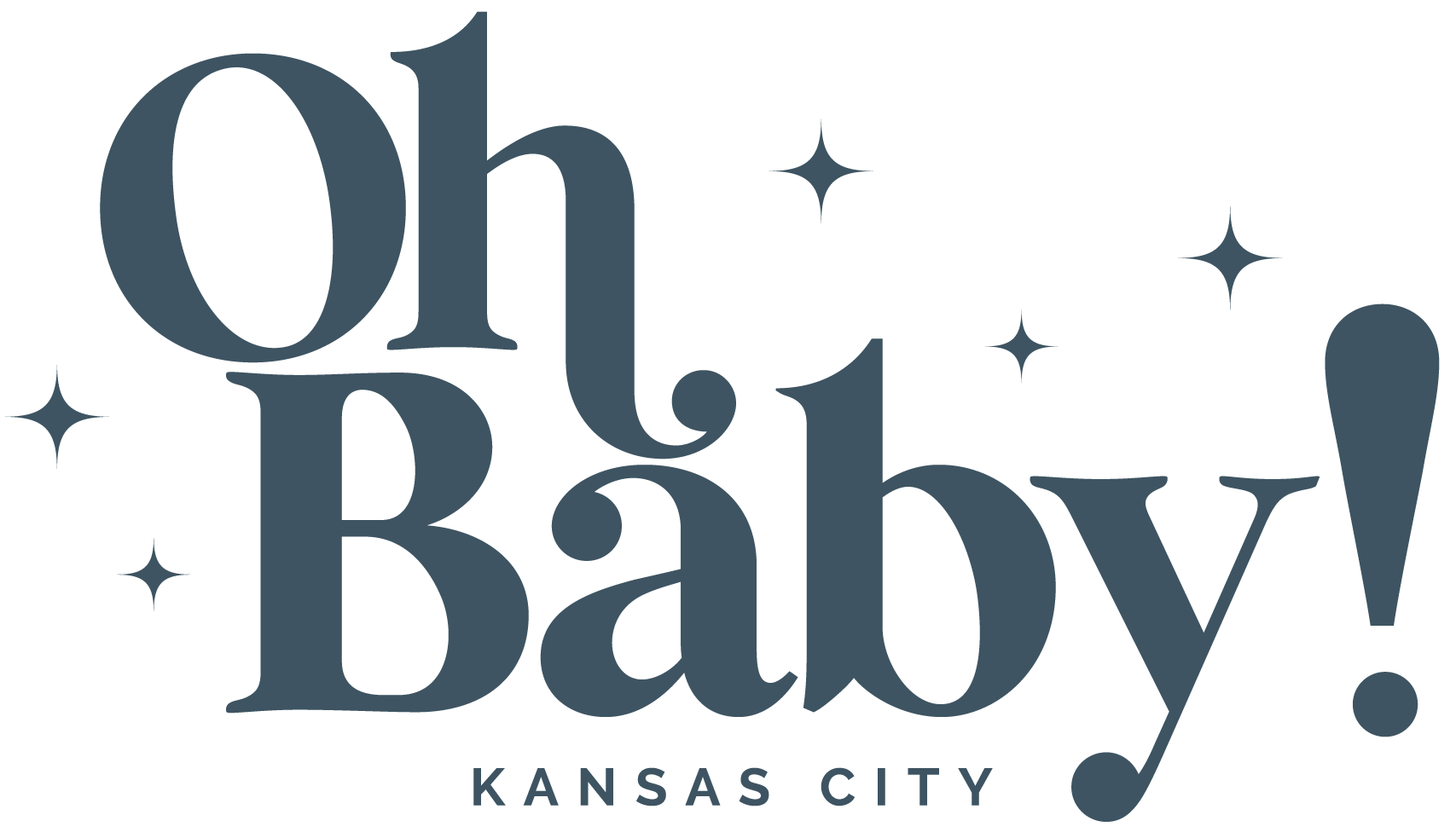Nitrous Oxide: What You Need To Know Before You Use This In Labor
Nitrous Oxide, also known as “laughing gas” or “gas & air” for you Call The Midwife fans, has been used as a pain reliever for decades.
What is Nitrous Oxide?
The Nitous Oxide used in labor and delivery is a 50/50 mix of oxygen and nitrous oxide. It is an anxiety relief drug as well as a mild analgesic (pain relief drug). It’s most commonly known for its use in dental work as well as pain relief in childbirth! In several countries with high healthcare standards such as Canada, Sweden, Australia and the UK, nitrous is more widely used. And although it has been used in various places in the US, it is just recently becoming more popular here.
Growing up in Canada, many women I knew, including my own mother, used Nitrous during their labors. When I moved to Kansas City from Canada, I was 10 weeks pregnant and in the back of my mind, I was kind of expecting to have the use of nitrous. But none of the hospitals had it available at that time! I’m still a little bit salty about it…
But since August 2018, it has finally come to Kansas City!
Don’t jump for joy just yet. There are a few things you should know before using nitrous oxide in labor! It is an amazing tool to have available whether you want to use it to take the edge off contractions while you wait for your epidural to kick in, or if you’re planning on having an unmedicated birth. But it isn’t a miracle drug that will take away all your worries - even if it is an anxiolytic (anxiety reducing drug). But let’s weigh the pros and cons, shall we?
Pros:
It helps manage anxiety in labor. Since the physical symptoms of anxiety (rise in heart rate and increased sweating) are caused by a rise in adrenaline and cortisol, managing anxiety/stress before it affects you physically is of the utmost importance, since birth is fueled primarily of oxytocin.
With proper childbirth education and preparation, nitrous oxide can be a great tool to help you achieve the birth experience you are aiming for! Coupled with other tools and comfort measures, nitrous can help take the edge off the pain of contractions by acting as a distraction.
It does not affect your baby. It only stays in the body through a couple of breaths and does not cross the placenta. It does not affect bonding or breastfeeding either! Unlike other drugs used for pain relief, it will not make you feel “out of it” after you’ve given birth (For the record, epidurals generally don’t make you feel “loopy”, I’m speaking of drugs such as fentanyl).
You are in control of its use! You can use it through each contraction or you can use it sporadically through your labor as a means of coping. You can even choose to discontinue its use and switch to an epidural. It will not interfere with an epidural!
Cons:
It can make some women feel dizzy or nauseous. Good news is that if it does, you can discontinue using it.
If you are planning on giving birth without an epidural but do not prepare yourself adequately (low intervention class and/or hiring a doula), expecting the nitrous to take away all the pain, you may be disappointed.
There are clearly more pros than cons when it comes to the use of nitrous oxide! My advice to anybody planning to use this tool in labor is this: Have more than just nitrous oxide as a tool to manage pain! Take a childbirth class, hire a doula and have a game plan for your birth.
Happy birthing! <3
